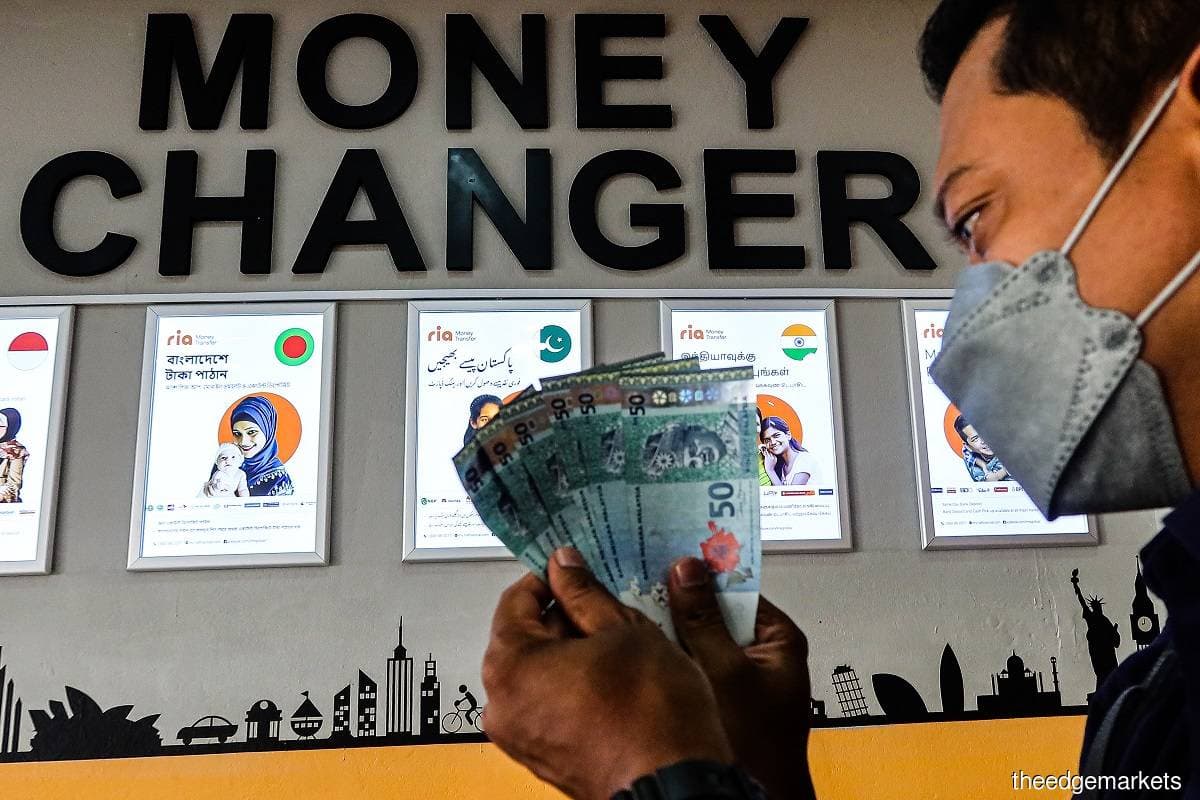
(Oct 25): We have tracked Malaysia’s average currency performance versus the US dollar in year-on-year (y-o-y) terms for the past five general elections. However, we caveat that the average was partly distorted by the ringgit’s peg to the greenback from late 1998 to mid-2005.
The ringgit did well relative to the US dollar on average a couple of quarters before the elections.
The ringgit's appreciation picked up pace at least three quarters prior to the polls, and peaked one quarter ahead of the event. The y-o-y increase moderated thereafter, and depreciated two quarters after the elections.
The 1999 and 2004 elections cycles reflected the two periods when the ringgit was pegged at 3.8 to the greenback. The ringgit peg and the introduction of capital controls in late 1998 were key measures that differed from other Asian financial crisis-hit economies. The measures were intended to stem capital outflows and currency depreciation, such that Malaysian policymakers were able to ease monetary policy and adopt lower interest rates, without heightened concern about capital flight and foreign exchange volatility.
The pegging of the ringgit at an "undervalued" level also supported goods exports. Capital controls were gradually relaxed, as the economy began to recover from mid-1999, but the ringgit peg was maintained until removal in July 2005.
The ringgit saw a buoyant performance during the 2008 election cycle, with emerging-market currencies doing well generally prior to the global financial crisis, amid favourable global economic and financial market conditions. The ringgit saw a brief recovery and strength in early 2018, helped by a pickup in global energy prices. The year 2013 marked a poor period for emerging-market foreign exchange due to the taper tantrum, and the ringgit was not spared, even though its macro fundamentals were better than the significantly negatively hit Indonesian rupiah and Indian rupee.
The ringgit has been on the back foot against the US dollar ahead of the 2022 election, deviating from previous trajectories. It has weakened over the course of the year, reaching 6.4% y-o-y in the third quarter (3Q2022), a quarter before the election.
The currency pair has been primarily pressured by broader US dollar strength driven by an increasingly hawkish US Federal Reserve, also seen in other regional currencies. This is despite improved terms of trade from elevated global energy prices. Our foreign exchange strategist forecast the ringgit’s weakness to turn around from 2023, factoring in the US dollar's peak sometime in 4Q2022.